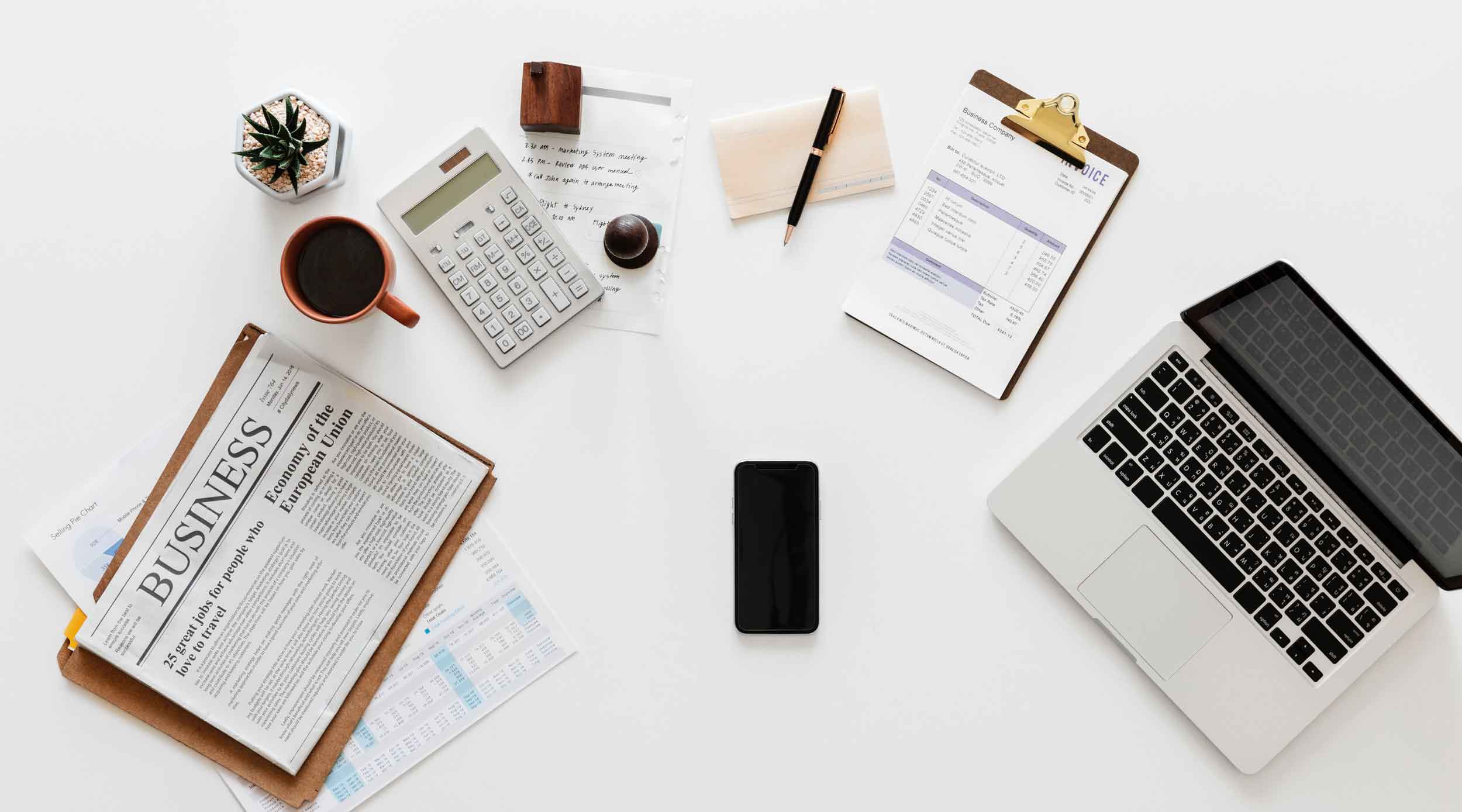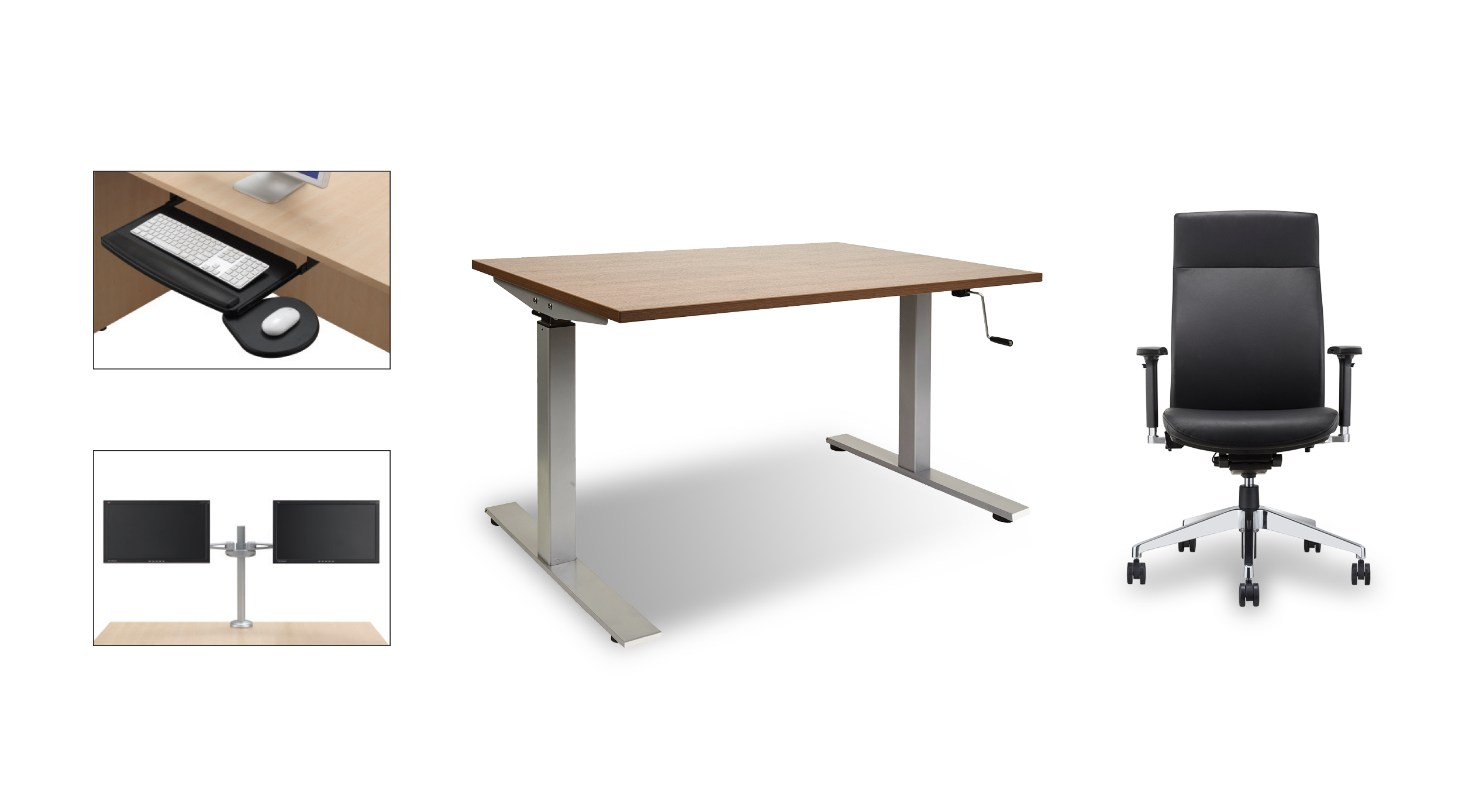Getting your new office up and running is an exciting prospect, but there are important things to consider before you start buying
desks and
chairs. How to choose office furniture? A little preparation now will save you hours of stress down the road, so make time for some pre-purchase homework to get the most out of your
office furniture shopping experience.
5 Pre-Shopping Tips For Choosing Office Furniture
Set a budget. Calculate how much you can spend on furniture and
accessories to focus your search in the right places. You’ll maximize shopping time by looking at sellers in your price range, and if you do decide to splurge on something
extra-amazing you’ll know exactly how big you can afford to go.
Think about your space. Not all furniture is right for all spaces, so choose items that fit your office and suit your working style. An
executive desk that looks great in a huge showroom will overpower a small office, so consider space planning as a first step, either on your own or with the help of a
space planning professional.
Put comfort first. Even the fanciest chair will invoke buyer’s remorse if it makes your back hurt, so look for ergonomic seating and desks. An ergonomic assessment of your current setup may be a good place to start, and remember that
comfort is closely tied to productivity; ergonomic office furniture is a sound business investment that
doesn’t have to break the bank.
Make room for storage. Organization is easier when there’s a place for everything, so ample
work space storage is a must. Include
filing,
bookshelves, and storage needs into your space plan, and if floor area is scarce then consider
combination and
multi-purpose components that deliver more storage bang for your buck.
Easy to Clean Office Furniture
Is cleanliness a priority in your business? Every office space should be kept clean, but some businesses require nearly germ-free working conditions. If this applies to you, remember these tips when shopping for office furniture:
Leather and vinyl
repel stains better than fabric.
Smooth surfaces
are easier to wipe down than textured coverings.
Durable materials
will withstand strong detergents and repeated scrubbing.
4 Things to Avoid When Buying New Corporate Office Furniture
Forget about your employees. Comfort and convenience are individual, so keep your employees’ requirements in mind. That includes physical needs (furniture for taller or shorter folks), work style (collaborative/individual), and roles and responsibilities (Do they need more storage? More desktop area?).
Sacrifice quality to save money. A good deal now might be a bad deal down the road, so use long-distance vision when looking at your options. How long is this item likely to last and how well will it stand up to use?
Ignore style. While comfort is the top priority, your furniture also makes a statement about your business. If buying for a space that’s open to clients, give a thought to visual harmony before buying that single, deeply discounted piece that will stick out like a sore thumb.
Buy without trying. Online shopping is ultra-convenient but nothing beats sitting in a chair or at a desk before you commit. Look for brick-and-mortar sellers with a good selection of options and be confident you really are getting furniture you love.
What to Look for When You Shop For Office Furniture
So now that you’ve got the basics in hand, it’s time to get specific. What should you look for in a chair or workstation? Are some features more important than others? Keep the following tips in mind as you begin your office furniture foray.
Ergonomics
Products with height/width/tilt adjustments for maximum comfort (ergonomic chairs, standing desks)
Good back and leg support
Aesthetics
Styles that suit your office design (formal vs. casual, traditional vs. modern)
Colours and materials that complement your décor (white furniture is a versatile choice)
Adjustability and Functionality
Products that move to suit a range of body sizes (keyboard trays, monitor arms)
Products that can be used for more than one task (e.g. tables for meeting, lunch, training, and presentation areas)
Brand Reputation
A dependable company that offers quality products with a good warranty and return policy and a sense of environmental responsibility.





 Hello
Hello